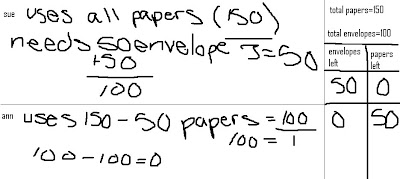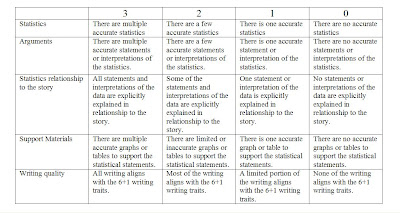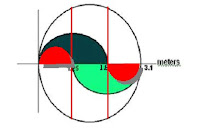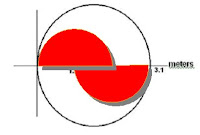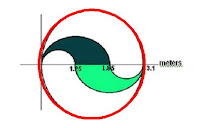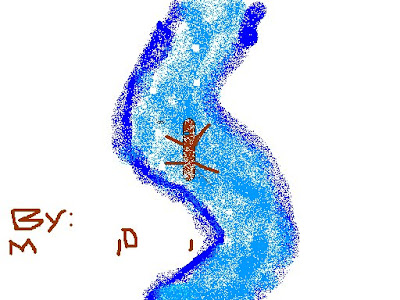Most of you realized there was a pattern involved with the Frog Puzzle, yet many of the
explanations did not really address providing any direction or ways to solve the problem. Determining what a string of numbers as an
explanation to the problem (
ie... 1,2,3,4,5) were trying to say really didn't help us identify or understand which frog was moving and where the frogs were moving to. I will be adding peoples visuals to see if this helps us understand what was happening in the problem and how we might better explain and describe the actions and pattern. A good way to see if your
explanation is
sufficient, give you parents or a friend your written
explanation and take them to the web site. Ask them what helped them understand how to win and might have been incomplete or
insufficient directions. (Extra Credit: Write up the discussion you have with your parents and have them sign it for extra credit this week. Yes, don't even ask, complete sentences and correct punctuation and spelling are required.)
Last weeks POW was actually a version of a very old puzzle - The Tower of Hanoi or Towers of Hanoi. The Towers of Hanoi are a mathematical game or puzzle. It consists of three pegs, and a number of disks of different sizes which can slide onto any peg. The puzzle starts with the disks neatly stacked in order of size on one peg, the smallest at the top. The objective of the game is to move the entire stack to another peg. Easy, maybe but you have to follow the following rules: You may only move one disk at a time. You may only move the top disk from one of the pegs and sliding it onto another peg, it can be placed on another disk that may already be present on that peg. And finally, no disk may be placed on top of a smaller disk.
The puzzle was invented by the French mathematician Edouard Lucas in 1883. There is a legend that accompanies the game. It states there is a temple which contains a large room with three posts that contain 64 golden disks. According to the legend, when the last move of the puzzle is completed, the world will end. The priests of Brahma, acting out the ancient prophecy and have been moving these disks, in accordance with the rules of the puzzle. There are patterns which repeat the action over and over again, we call these iterative patterns. The Towers of Hanoi are a type of iterative pattern called a recursive pattern. A recursive pattern is a pattern that repeats itself but you have to have the results of the previous action or term to determine the outcome of the output or term you are solving for. This type of patterning is very common in computer programming and The Tower of Hanoi is a problem often used to teach beginning programming.
If you would like to try the
original puzzle click on the link below:
http://www.vtaide.com/png/lesol/games/tower/hanoi-2j.htmlMs.
Leckman



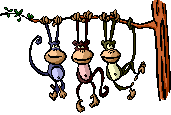






 Now, if the merchant returned home with a profit his wife was happy and she was sad if he returned home with less money than when he started with. So tell me: was his wife happy or sad when he returned? And how much did the man gain or lose, respectively?
Now, if the merchant returned home with a profit his wife was happy and she was sad if he returned home with less money than when he started with. So tell me: was his wife happy or sad when he returned? And how much did the man gain or lose, respectively?

